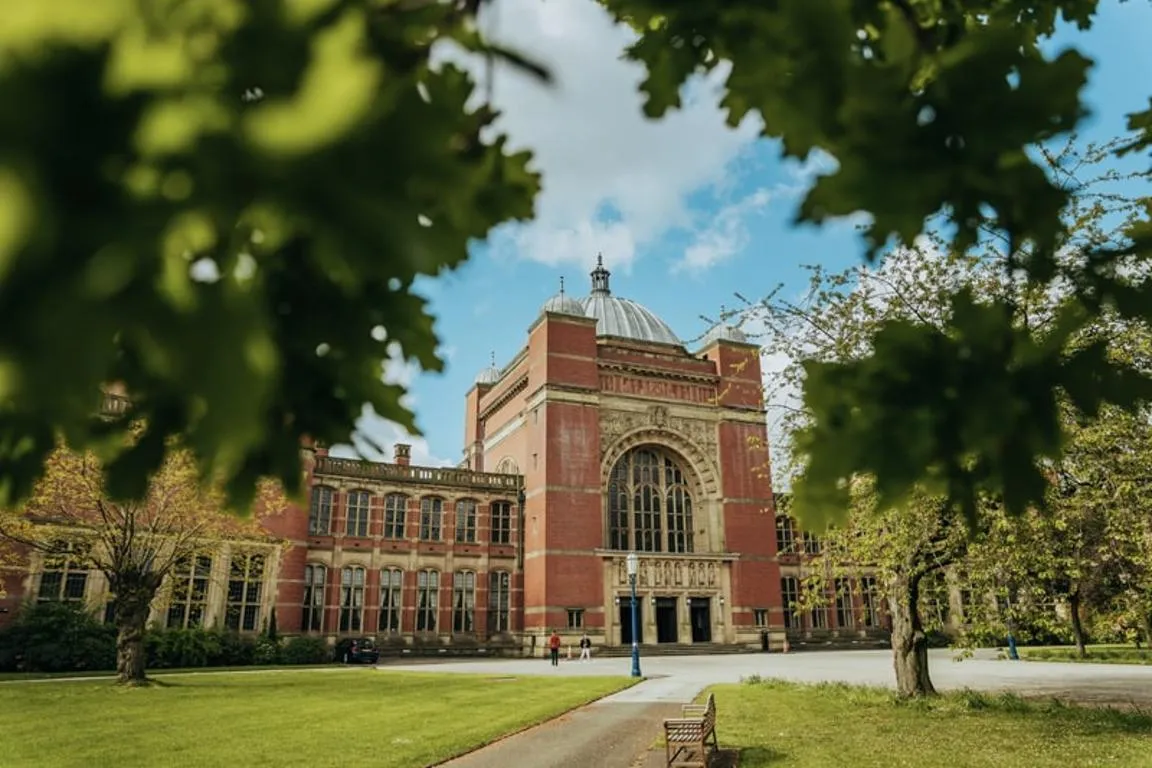Although purporting to be about embryo research rather than about abortion rights, such a law builds on the claim that embryos are persons. If embryos are persons – are one of us – then the implications for abortion are clear (and also for most forms of reproductive technology, including IVF). The language and tactics of this initiative tracks those of American personhood movements; movements which have already effectively reduced the possibility of women to access abortion not only in the USA, but globally, as conditions are built into humanitarian agreements. For instance, the initiative aims to prohibit public funding of ‘embryo destruction’. This echoes the Dickey-Wickler amendment, signed into force by President Clinton in 1995, which prohibits the US Department of Health and Human Services from funding embryonic stem cell research. The initiative also targets ‘development aid’ for activities that involve the destruction of embryos. Development aid is not, of course, given for research, but it is for abortion services (as part of broader women’s health programmes). This mirrors ‘the global gag rule’ that has intermittently applied to development aid from the USA since it was signed into effect by President Regan in 1984, and which built on the earlier ‘Helms Amendment’. The ‘global gag’ is the prohibition on bodies that receive US Government funding from using money obtained from other sources to facilitate access to abortion services or advocate for liberalisation of domestic abortion prohibitions.
